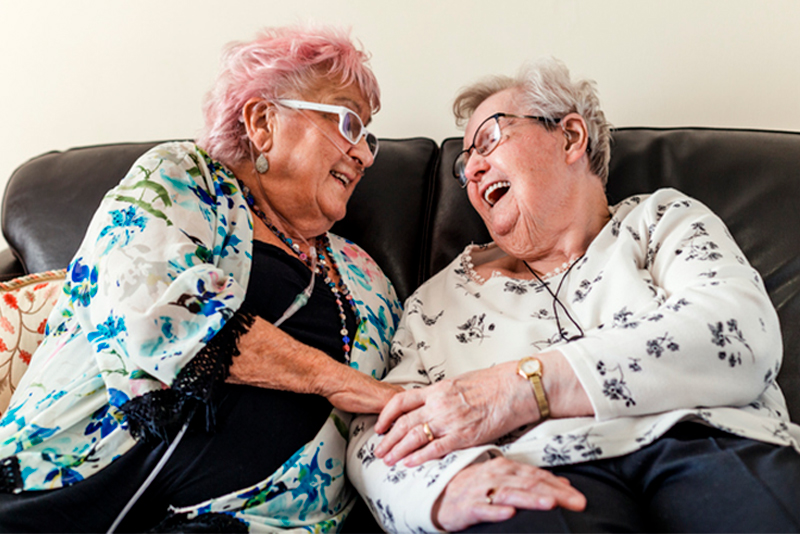
These are some common COPD triggers to watch out for and tips for managing them.
We have waited all winter for March! Finally, the days are becoming longer and we can begin to feel the promise of springtime all around us. For a person with COPD, there is extra cause to celebrate the seasonal shift. Cold, dry air is one of a number of common COPD triggers, and the arrival of warmer temperatures is, quite literally, a breath of fresh air.
What Are Other Common COPD Triggers to Look Out For?
If a friend or family member struggles with the challenges of COPD, you’re probably all too familiar with the weariness, shortness of breath, coughing, and wheezing that grow to be part of everyday life. Managing these symptoms so that a person can have the best possible quality of life is essential, and it starts with understanding what is causing these symptoms to flare in the first place.
Alongside cold weather, below are some other common triggers that could aggravate COPD symptoms, along with tips to overcome them.
- Hot, humid weather. This is often just as burdensome for a person with COPD to deal with as the cold, dry air. An individual with COPD should stay inside the house with air conditioning during the dog days of summer.
- Air pollution. You may automatically think about smog and car exhaust fumes whenever you think of air pollution, but this includes all kinds of other irritants as well, such as perfume, paint, mold, pollen, pet dander, cleaning chemicals, or dust. An air purifier can be helpful, and the home should also be routinely vacuumed and dusted. Someone aside from the person with COPD should manage these tasks, however, such as a caregiver from Abby Senior Care.
- Viruses. Something as innocuous as the common cold can be hugely hazardous for a person managing COPD. The best strategies to avoid infection include keeping the house sanitized, washing hands regularly, wearing a face mask, and avoiding crowded areas.
Smoking. Smoking is an activity everyone should stay away from, but for an individual with COPD, it’s particularly imperative to quit or never pick up this bad habit. It’s also equally important to avoid secondhand smoke. In the event that a person with COPD is not able to giving up smoking, see the doctor for helpful suggestions.
What Are Some Ways to Ease COPD Symptoms?
While steering clear of these triggers is an excellent place to begin to make sure an individual with COPD can breathe as comfortably as possible, there are also several breathing exercises which can be helpful, such as:
- Pursed lip breathing. This simple exercise can help with relaxation, reducing shortness of breath, and making it easier to breathe. While the mouth is closed, breathe in through the nose to a count of two. Purse the lips, as though blowing out a candle or whistling, and breathe out slowly through the mouth while counting to four. Repeat four to five times every day.
- Deep breathing. Deep breathing helps relieve shortness of breath by keeping air from becoming caught in the lungs. Sit or stand with the elbows slightly back and chest expanded. Breathe in deeply through the nose and hold for a count of five. Breathe out slowly and deeply through the nose until all air has been released. Repeat three to four times a day.
- Diaphragmatic breathing. Strengthen the muscles of the diaphragm and abdomen by lying down or sitting with the shoulders relaxed. Put one hand on the abdomen and the other on the chest. Breathe in through the nose for two seconds. Focus on moving the stomach more than the chest. Purse the lips and breathe out slowly while pushing softly on the stomach. Repeat as able.
For more COPD tips or to learn how our trained and experienced in-home caregivers can help make life better for someone you love, call us today at 303-699-8840. Visit our Service Area page for a full list of the communities we serve.
